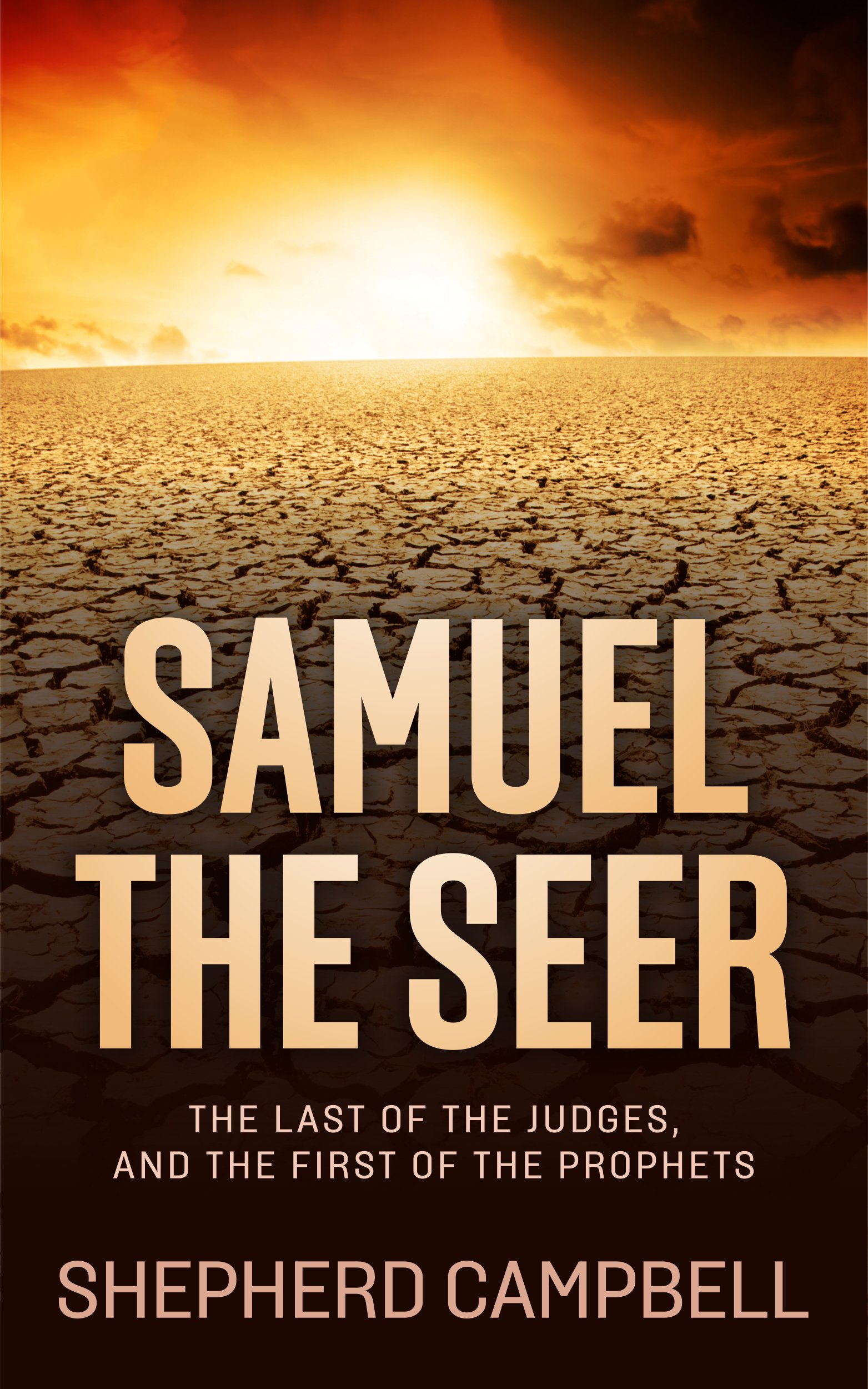VISIT OUR FACEBOOK PAGE!
Sumerians are Canaanite Dravidians - Not Ethiopians
by Husayn
(Canada)
On a spiritual side, I have seen Prophet Muhammad PBH 10 times, and I say it with no boasting. I dreamed of the Prophet PBH and I am standing besides him, and I was told I am not a sayyid.
I ask the Prophet PBH about the Indian people, he PBH had a big smile on his face and this is why I started to find out about the Indian people, particularly the dark ones.
Twice I dreamed the Dravidians are the Sumerians; and they are from Canaan, and the Blacks and Ethiopians are from Cush, ibn Ham.
After a yr I came across something in Prophets and Patriarchs which said Nimrod was a disbeliever and son of Cush, son of Canaan, son of Ham. There are two Cush's and people have gotten them mixed up. The sumerians migrated to India, but also they went into southern Arabia. That's how a group of them made it to the horn of Africa. The dark afro-asiatic Elamites are from Phut ibn Ham, yes, the Cushites from Cush ibn Ham are indeed blessed as well
I dreamed an explanation of the Dravidians. I was told in the dream of what it is to be Hamitic in type; with straight hair and they were also Egyptians. Then after some time I dreamed the Dravidians came from the fertile crescent in Syria, close to the sea.
After this I dreamed they came from Egypt, close to the sea, and I see arrows showing their travel. One arrow goes up into the fertile crescent in Syria, and the other goes east through south Iraq and southern Iran until the arrow reached northwest India!
Also I dreamed of a migration in the shape of a U on the river Nile, though nowhere did I see anything to do with the horn of africa.
On 13/11/11 I dreamed the Dravidians are Phoenicians. A branch of Dravidians did settle in the fertile crescent in Syria, close to the sea.
I also found this article on the Dravidians below.
The Mediterranean Peoples (Dravidians)
(Extracts from The Original Indians - An Inquiry by Dr. A. Desai)
How the Mediterranean people came to be called Dravidians makes interesting story. The Pre-Hellenistic Lycians of Asia Minor, who where probably the Mediterranean stock called themselves Trimmili. Another tribe of this branch, in the island of Crete, was known by the name Dr(a)mil or Dr(a)miz. In ancient Sanskrit writings we find the terms Dramili and Dravidi, and then Dravida which referred to the southern portion of India.
South India was known to the ancient Greek and Roman geographers as Damirica or Limurike. Periplus Maris Erithroei (Periplus of the Eritrean Sea) in the second or third century AD described the maritime route followed by Greek ships sailing to the South Indian ports: Then follow Naoura and Tundis, the first marts of Limurike and after these Mouziris and Nelkunda, the seats of government.
Dramila, Dravida and Damirica indicated the territory. Then it was applied to the people living in the territory and the language they spoke, in the local parlance Tamil and Tamil Nadu or Tamilakam.
-----------------------
The Mediterraneans or Dravidians were associated with the ancient Sumerian civilizations of Mesopotamia and of Elam (southern Iran). Authors have pointed out ethnic, linguistic and cultural affinities between the Sumerians (Mesopotamians) and the Dravidians of South India, and concluded that both probably belonged to the same ethnic stock. HR Hall writes: “The ethnic type of the Sumerians, so strongly marked in their statues and relofs was as different from those of the races which surrounded them as was their language from those of the Semites, Aryans and others; they were decidedly Indian in type. The face-type of the average Indian today is no doubt much the same as that of the Dravidian race ancestors thousands of years ago...And it is to this Dravidian ethnic type of India that the ancient Sumerian bears most resemblance, so far as we can judge from his monuments. He was very like a Southern Hindu of the Deccan (who still speaks Dravidian languages). And it is by no means improbable that the Sumerians were an Indian tribe which passed, certainly by land, perhaps also by sea, through Persia to the valley of the Two Rivers.
Hall is of the opinion that Dravidian people must have migrated to Mesopotamia from India, whereas others think Dravidians came from Mediterranean regions, which was their earlier home. KP Padmanabha Menon writes about their close relationship: Orientalists, many of them, are prepared to concede that the Sumerians, the Mediterranean race, are branches of the early Dravidians.
Comments for Sumerians are Canaanite Dravidians - Not Ethiopians
|
||
|
||
|
||
SAMUEL the SEER
Now Available in Print & eBook on Amazon!!
POPULAR TOPICS
Learn more about these popular topics below. The Bible is full of fascinating stories, characters and mysteries!
BIBLE MAPS
Explore the land of the Old Testament! View these maps of the Bible.

